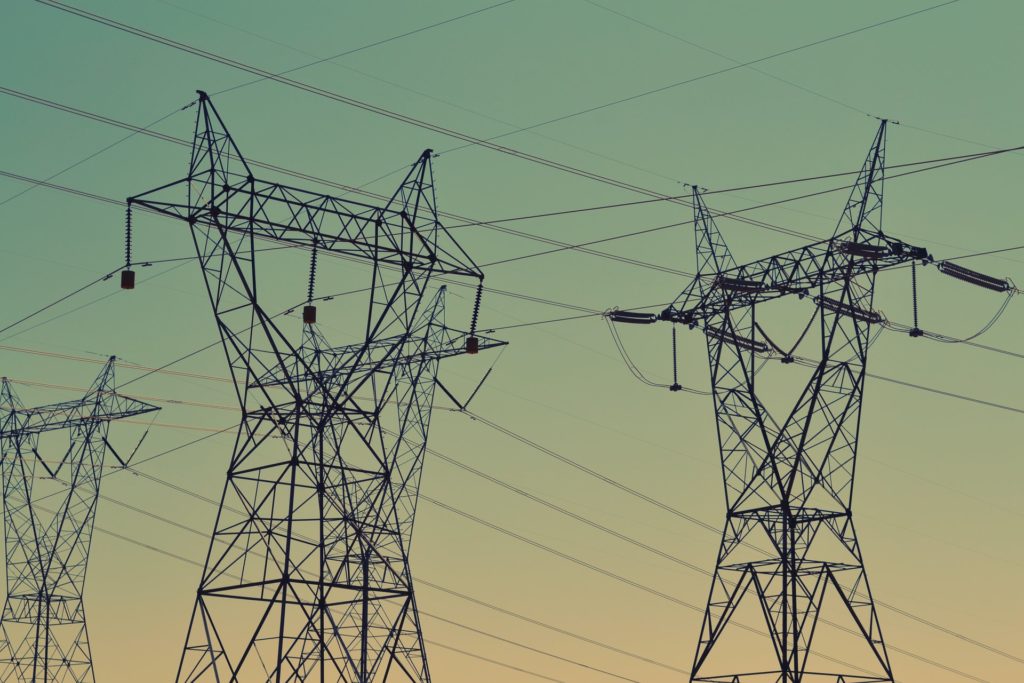
Hydrogen is truly one of the most promising, affordable and sustainable energy solutions for combat global warming between now and the next few years? Currently they are used almost entirely to produce it fossil fuels, causing the emission of about 830 million tons of Co2 into the atmosphere. Only a production through renewable sources, the so-called green hydrogen, will allow us to accelerate along the path of energy transition.
L'European Union has decided to focus heavily on hydrogen, launching a thirty-year program to encourage its production for energy purposes. Cumulative investments could reach a figure ranging from 180 to 470 billion euros by 2050. The European roadmap, presented in July, envisages a multi-step approach: from 2020 to 2024, production of up to one million tons of renewable hydrogen; between 2025 and 2030 hydrogen will have to enter the integrated energy system, with production up to ten million tons; between 2030 and 2050, renewable hydrogen-based technologies are expected to reach maturity and find large-scale application in all sectors that are difficult to decarbonise.
The German locomotive runs on hydrogen
Driving the development of hydrogen in Europe is above all Germany, which in June announced a 9 billion euro investment plan in this area. Recently the German government announced its intention buy hydrogen produced in Australia, thanks to its extensive solar and wind power plants, and then ships it in liquefied form to the Northern Hemisphere, using a reconfigured fleet of environmentally friendly tankers. Even the UK is preparing to focus on the production of green hydrogen, exploiting the potential of offshore wind. According to the perspectives outlined in a report by the Offshore Wind Industry Council, a British government and industry forum, could create a national industry worth 320 billion pounds (almost 350 billion euros) capable of supporting up to 120,000 jobs by 2050.
Private individuals are also accelerating on the research front, especially in the transport sector. Airbus announced a hydrogen-powered aircraft for 2035: the European manufacturer intends to be the first to put into service an aircraft of this type, with zero emissions, beating the competition of the American Boeing. News are also announced in road transport: Daimler Trucks has unveiled its concept truck which, first in the world, is built with fuel cells based on liquid hydrogen, with a range of over 1,000 km.
Italy includes it in the Recovery Plan
Italy has also begun to move on this front. A few days ago the Minister of Economic Development Stefano Patuanelli announced that «between the budget maneuver in December and the resources of the Recovery Plan there can be no less than 3 billion for the IPCEI (project of common European interest) for hydrogen". Hydrogen is one of the main proposals of the Mise for the recovery plan that the government will have to transmit between January and April 2021 to the EU to access the Recovery Fund.
There is no shortage of innovative examples of the application of hydrogen-based technologies. L'South Tyrol, for example, it is among the areas of the country most active in the development of strategies for sustainability. The WE Techpark Brunico - technological center dedicated to the automotive sector and multifunctional center with research laboratories that will be born in 2022 - will be equipped with a hydrogen energy production and storage system, thanks to an innovative technology capable of accumulating the electricity produced by the photovoltaic panels installed on the roof of the building.
But, now more than ever, a long-term national strategy is needed. Second Marco Alverà, managing director of Snam, in five years hydrogen will cost as much as oil, transforming itself into a much more competitive source of energy and a pillar of the sustainable transition. A study by The European House-Ambrosetti in collaboration with Snam, notes that the activities of the hydrogen supply chain will be able to generate a total production (direct, indirect and induced) of 24 billion euros in 2030. The cumulative value in the 2020-2050 period would reach 1,500 billion euros in a scenario accelerated development. In the sector, Italy is well positioned and competitive thanks to its fundamental geographical advantage.
From North Africa to Northern Europe
The study finds that our country could use its gas network, which is already highly developed, to bring hydrogen produced in North Africa from renewable sources, particularly solar energy, to Europe. Snam has announced that its pipes are ready to transport 100% of hydrogen. The company is implementing investment programs amounting to 6.5 billion euros, of which a substantial part, equal to 1.5 billion, will be allocated to new businesses, among which hydrogen occupies a priority position. The recent one is part of this strategy memorandum of understanding signed with A2a which provides for the feasibility study of projects on the conversion of thermoelectric plants of A2a from coal to natural gas, hydrogen or natural gas / hydrogen blends.
After decades of false starts, second thoughts and relaunches, hydrogen therefore seems to have reached a phase of technological maturity such as to allow its use on a larger scale. An enormous economic and financial potential, capable of drastically changing the fate of the global energy market.
Andrea Fasulo




